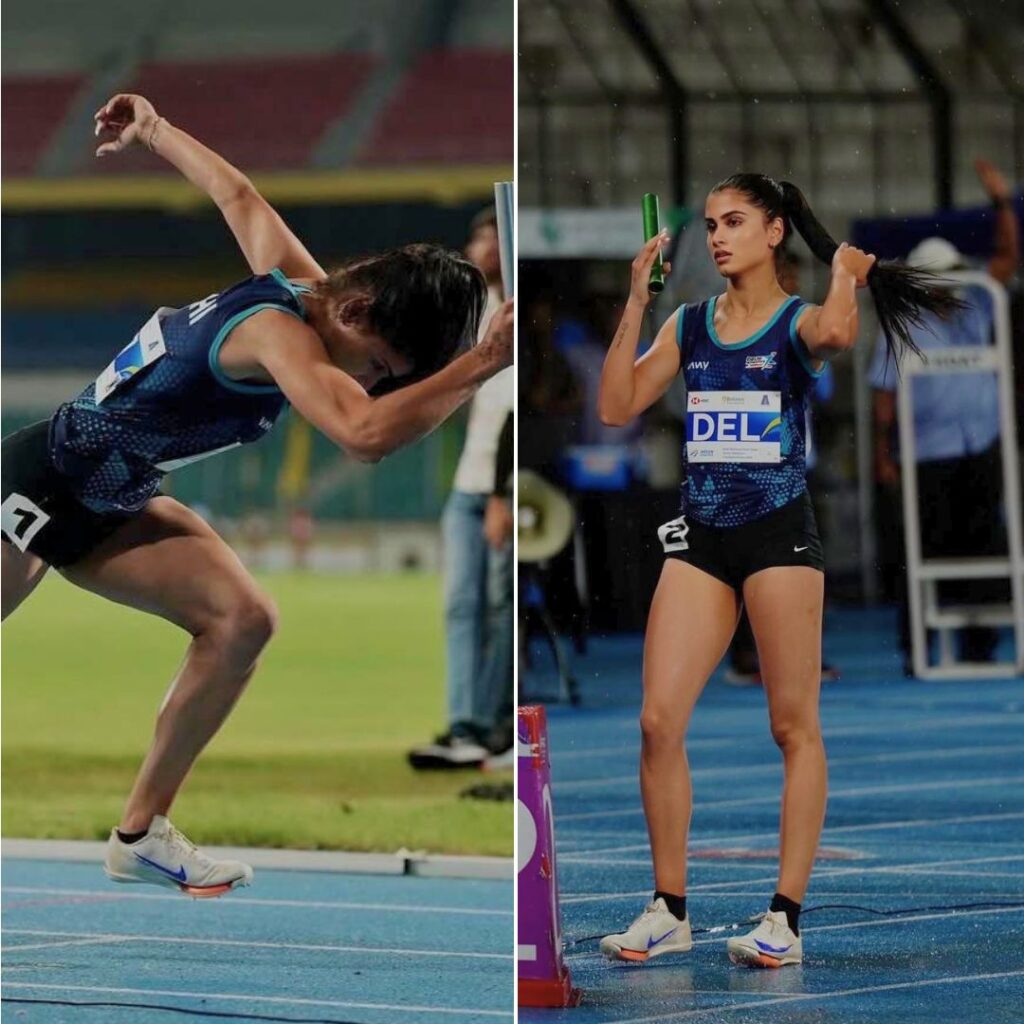University of Petroleum and Energy Studies, Dehradun students have developed a safety device for the deaf and blind, that can detect smoke and fire and alert its user to avert any tragedy.
Under the fire safety provisions, there are fire alarms, smoke detectors, and fire extinguishers placed in every corner of buildings and workplaces. However, during a fire outbreak, physically challenged people requires immediate guidance.
In such cases, the prototype developed by B.Tech students Ujjwal Gupta and Sameep Khandelwal come as a boon. The device which can be tied around a person’s wrist, like a wrist-watch, alerts the challenged people about their surroundings, and if required can call the emergency number.
Every year thousands of people lose their lives due to fire accidents. In 2014 and 2015, India lost 37,213 people to fire accidents. The statistics disturbed Ujjwal, and made him think about the blind and deaf people have to rely on others to save their lives completely.
‘Forty million people in India are blind, and 18 million people of the total population are deaf. We cannot leave these people behind,’ Ujjwal, 21, tells The Logical Indian.
‘Forty-two per cent of fire outbreaks in this country mostly happens in residential buildings. Reports also show that 90 per cent of physically challenged people require help. Our device will help these physically challenged people to get rescued at the earliest,’ adds the 20-year-old Sameep.
About The Device
The entire system is made out of two devices – the transmitter which is fixed in a fire and flame alarm, and the second part is a receiver which is a wrist band.
‘Whenever the fire alarm detects the fire, the transmitter present in it will send a signal to the receiver present in the wrist band, causing the band to vibrate and alert the person about a possible danger around,’ said Sameep while explaining the mechanism of the device.
The wrist band is enabled with GPS navigation. The person wearing the device with a single tap can call the fire department or emergency contact and send his/her exact location coordinate for a fast rescue operation.
The slightly bigger prototype will weigh around 200 gram, but the student’s mentor Dr Bikarama Prasad Yadav told that the device will be much smaller and lighter once it is out for sale.
‘The prototype was made after four months of extensive research and four months of arduous work’, adds Ujjwal. The device was tested in a created circumstance where a person with blindfolds and noise-cancelling earphones was locked in a room. Within a second, the device detected and alarmed the person, helping him to rescue.
The device also has a laser light of 650 nm installed in which can guide a person stuck in a smoke-filled room.
The device can also help a person who is stuck inside a building. People often get stuck in a lift. In this scenario, the GPS in the device will send an SOS signal to the emergency contact and will be easily rescued.
The device can also be used during natural calamities such as earthquake and torrential rain. The students are also planning to incorporate their receiver device in any smartwatch present in the market.
Also Read: SquatEase: 26-Year-Old Innovator’s Redesign Of Indian Toilet Makes It Easy To Use And Clean











